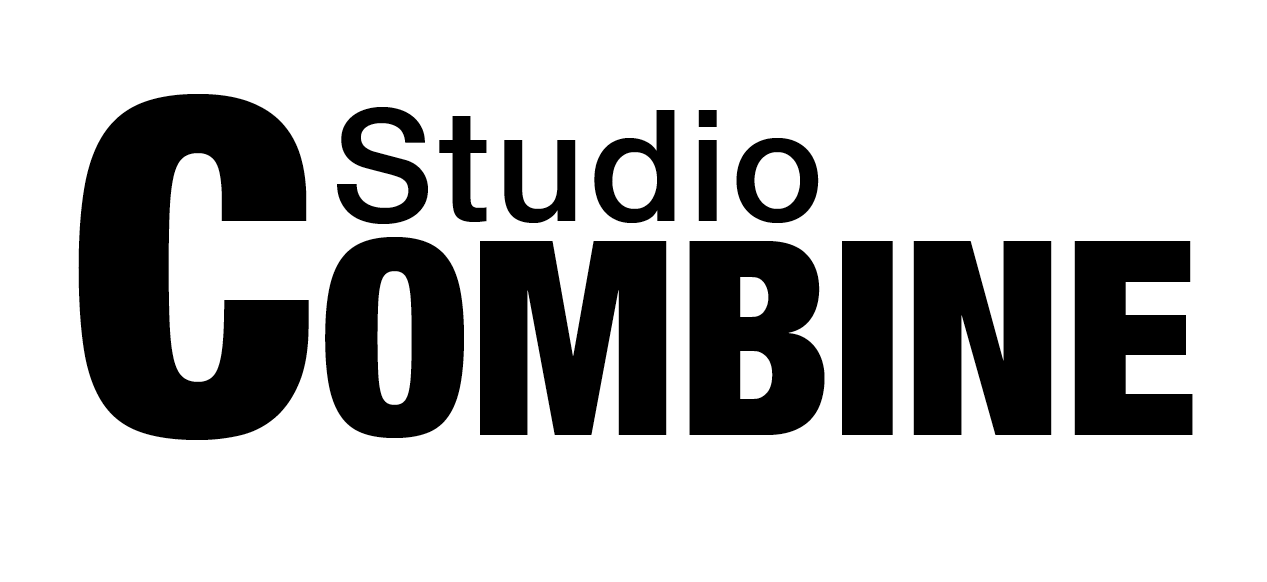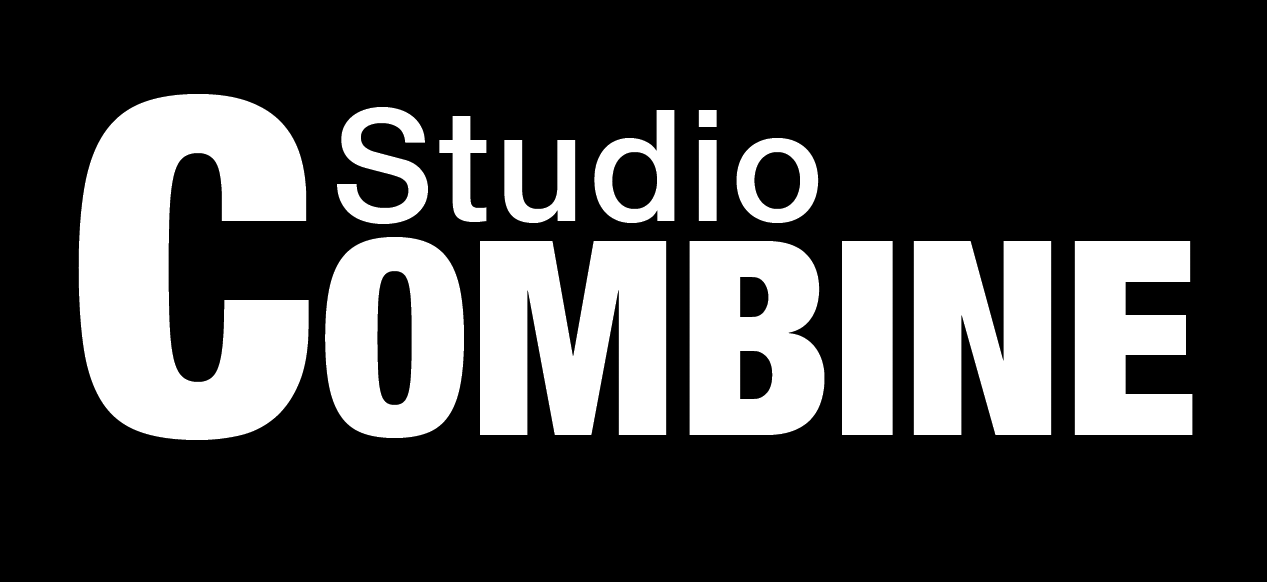Iowa State Landscape Urbanism Studio, Fall ’23

BY EXTENSION: Retooling SF’s Weft
POSITION
The pandemic challenged the separation of work and home to a remarkable degree, exposing fissures in age-old assumptions at multiple scales, from daily routines to urban planning. The tectonic slippage between ‘life’ and ‘work’ is perhaps most palpable in the San Francisco Bay Area, where the housing crisis is greatest. These fractures open opportunities to rethink San Francisco’s fabric. We will proceed along strands of Infrastructural, Industrial, and Landscape Urbanisms, engaging the spatial implications of deeper environmental systems to weave
architecture and locale into an adaptable metropolis.
The studio will take cues from the recently released Plan Bay Area 2050, a $1.4 trillion vision for a more equitable and resilient future that outlines strategies targeting housing, the economy, transportation, and the environment. New architectural typologies and urban infrastructures are needed to support the Bay Area’s technology-intensive industries, foster healthy ecologies, and benefit diverse social groups in the city. These issues are freshly relevant in the contemporary collision of urban growth and ecological responsibility.
Responses must be compact, complex, efficient, and stable. For architecture to survive and contribute to the world as we find it, architects need a design sensibility that marries the ideal, the circumstantial, and the inevitable. We need agility to address collective ambition with informed solutions. We need to be less concerned with how things look and more focused on what they do. What existing resources can architecture extend? What missing resources can architecture generate?
APPROACH
This is an experimental studio. Through doing/drawing/making, students will interpret constraints and support each other’s creative agency in realizing the operational and experiential potential of place.



